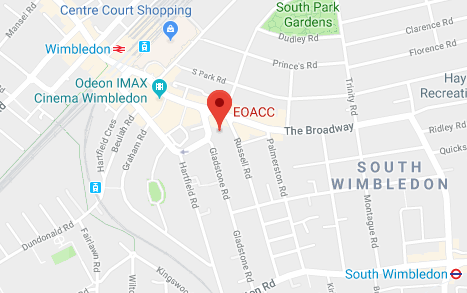Last week, King Charles delivered the King’s Speech,…
Exploring Closure Options for Solvent businesses
There are many reasons a solvent company needs to be brought to an end; perhaps due to retirement, illness, or simply a desire to extract the proceeds tied up in the company.
Once a decision has been made to cease trading and begin winding up the company’s affairs, the next step is to determine the most appropriate way of closing the business down officially. When looking at your options, there are a number of processes which should be fully explored to ensure maximum suitability is achieved.
This decision will be determined, in the main, by the financial position of the company at the time of closure, as well as the future ambitions of its directors and shareholders.
GET IN TOUCH WITH OUR WIMBLEDON ACCOUNTANTS
Strike Off/ Dissolution
Strike off – also known as dissolution – is an informal way of closing down an unwanted limited company quickly and easily. An application for voluntary company strike off is made using the DS01 form submitted directly to Companies House. This will then be published in the Gazette, with any parties affected by the proposed strike off invited to make an objection. So long as no objections are received, the company will be removed from the register held at Companies House and the company will subsequently cease to exist as a legal entity.
Any property or assets remaining in the company at the time of strike off will become bono vacantia and ownership will pass to the Crown, therefore any loose ends should be tied up in advance of the application being made.
While there is the possibility for a company which has been struck off to be restored to the register at a later date, this can be a lengthy and complex process, so strike off should only be opted for if there is no likely reason the company will be required again in the future.
Make The Company Dormant
If there is a possibility that the company may be required at some point, making the company dormant may be the most appropriate solution. When a company is marked as dormant it remains on the Companies House register, meaning it can be immediately resurrected if trade recommences. Minimal filing obligations are required during this period and all outstanding tax liabilities and obligations must be fully up to date before HMRC will consider your request.
Making a company dormant prevents another entity incorporating a company using the same name; this can be hugely beneficial is retaining the valuable reputation that has been built up over the years of trading. As a company can remain dormant for any length of time it chooses, this could be a great option for those who know they don’t currently require the company but are unsure as to what the future may hold.
Members’ Voluntary Liquidation (MVL)
If there are significant assets (typically in excess of £20,000 in total) then opting to place the company into liquidation could be the most cost-effective and tax-efficient way of extracting these funds. Solvent liquidation is achieved using a formal process known as a Members’ Voluntary Liquidation (MVL) and must be overseen by a licensed insolvency practitioner. With an MVL, money is distributed to shareholders as capital gains rather than income; as capital gains are taxed at 20%, this can represent a huge tax advantage. Directors can also benefit from Business Asset Disposal Relief (up to a lifetime limit of £1m worth of gains) which halves the effective capital gains tax rate down to just 10%.
As an MVL involves the input of a licensed insolvency practitioner, there are professional fees which need to be accounted for when considering the suitability of this process; however, many find that this cost is eclipsed by the potential savings able to be made elsewhere.
Directors will be required to sign a declaration of solvency, attesting to the fact that the company is able to fulfil its obligations to creditors within 12 months of the date of liquidation. Falsely swearing a declaration of solvency is considered an act of perjury, therefore, it is vital an accurate Statement of Affairs is drawn up and any contingent liabilities accounted for before the company enters liquidation.
Please contact us if you would like further information on your options, we are here to help!

